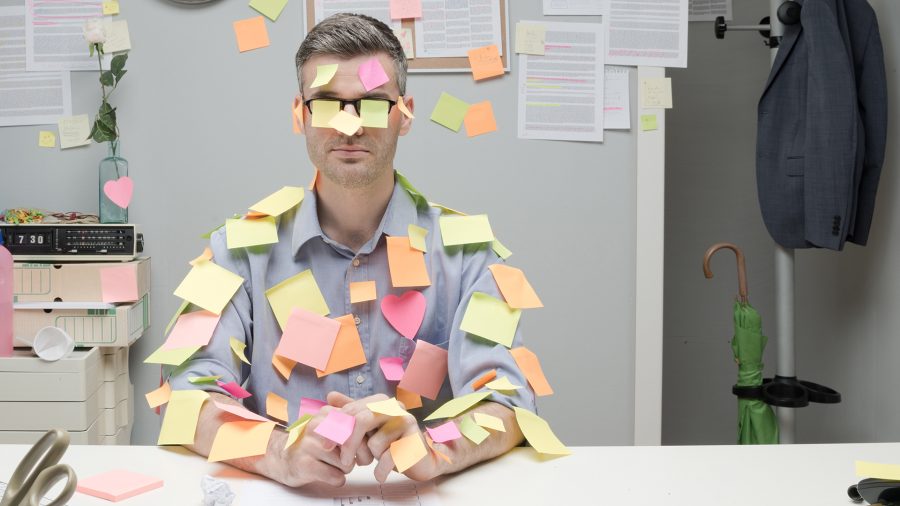Nearly everyone has a vision of a hoarder. It might be the crazy “cat lady” who barely has a path from one room to another. It might be a beloved grandparent or great grandparent whose desire to hold on to everything stems from The Great Depression, when it was impossible to get some of the things that we’d consider essential for survival today. No matter who you see when you think of a hoarder, you can see the fact that the things they have is crowding out the ability for them to live their lives in happiness.
Meditation
Those who practice meditation try to rid their mind of mental clutter on a regular basis. Though there are many paths to effective meditation, there are two main approaches. The first is to guide your thoughts to a single thing – that is, to be very focused. The other approach is to guide your thoughts to awareness and presence in the moment – to be aware of everything in the environment.
In both approaches, it’s common for thoughts to intrude upon the purpose and seek to take over your thinking. Even well-disciplined masters of meditation face these interlopers. Instead of being frustrated by the unwelcome guests, they simply let go of the thought and guide themselves back to the focus of their meditation.
Intruding Thoughts
We’re not going to eliminate thoughts intruding on our lives, whether in meditation or in conversation with someone else. Instead of being frustrated that we can’t focus, we can practice refocusing. Instead of allowing the intruding thoughts to constantly derail us, we can commit to coming back to the thought and addressing it.
When we accept that intruding thoughts are normal, we can get over the frustration and find ways to deal with them that are effective.
Write it Down
Perhaps the most effective way to quiet an intruding thought is to write it down and to plan to get to it later. Thoughts intrude when they may get lost later. The more diligent we become about recording the thought and putting it on a list to work on later, the easier it is to get the thought to stop interrupting the work that we’re trying to do now, whether that’s concentrating on something else or trying to focus on someone else in a conversation.
Writing it down doesn’t necessarily mean literally making a note, though it can mean that. Often, I’ll send a quick, one-line email to myself with a reminder of the thought, so I can pick it back up later. This technique works wonders during the day but also is effective in the middle of the night, when a thought intrudes into my sleep and wakes me. I email myself and fall right back to sleep.
Processing the Lists
One of the challenges that can occur with this approach is that you never get back to the lists. This causes you to not trust you’ll get back to the thought and ultimately makes it harder to quiet them. For that reason, it’s important that, no matter how or where you capture these thoughts, you try to process them.
Processing your list can be just triaging it – evaluating the most important and addressing them. That’s enough to trust that, if the idea is critical, you’ll get to it. It’s also freeing to let go of some of those thoughts after they’ve been put on the list. Deciding in hindsight they’re not that important helps to further reduce the mental clutter.
The Relationship to Burnout
The value of clearing out the mental clutter in terms of interrupting thoughts is that you’ll have more room to be effective. If you’re constantly tripping over thoughts, you can’t be as effective as you want to be. By capturing your thoughts and getting them out of your way in the short term, you can be more effective in the long term, and that will help you to avoid burnout.


No comment yet, add your voice below!